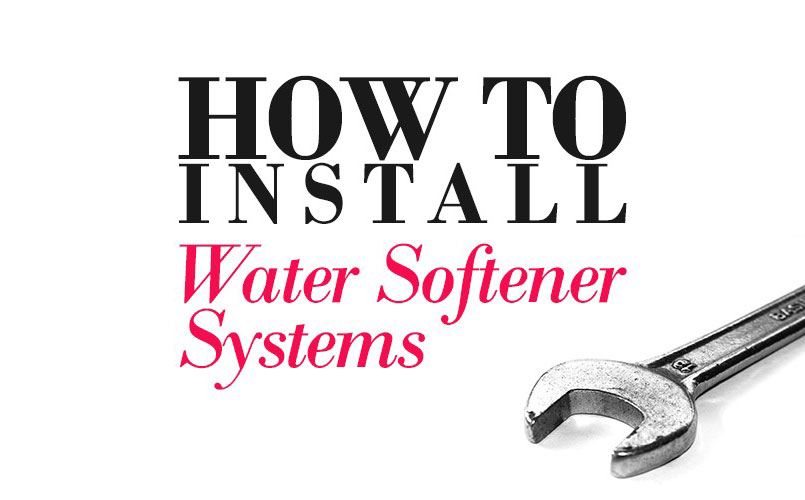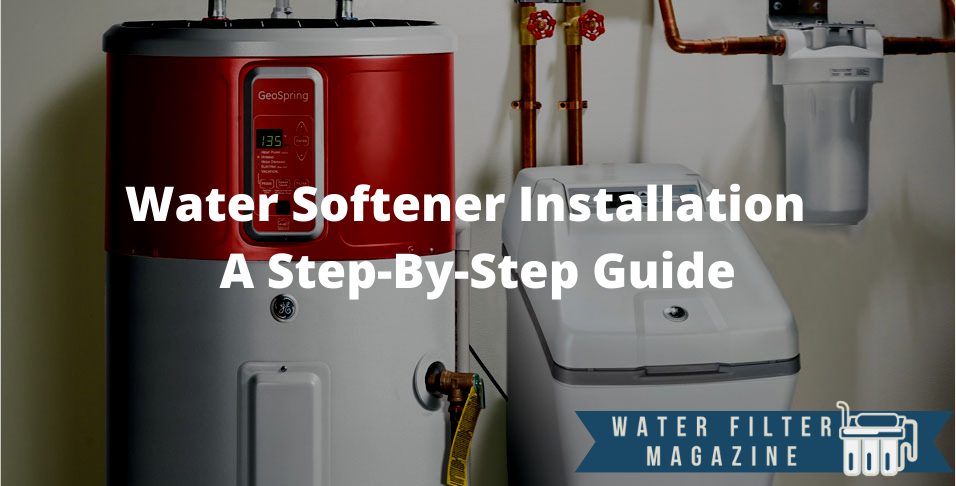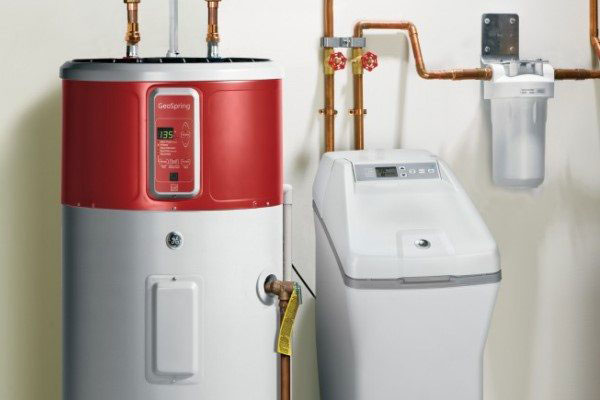 You don’t need to be a superhero to install a water softener in your home. All you need are the right tools and a good step-by-step guide.
You don’t need to be a superhero to install a water softener in your home. All you need are the right tools and a good step-by-step guide.
Usually, this is done by professionals, but if you’re handy, you’ll be able to do it yourself. In some areas, a permit is required for installing such a system. Check the laws and regulations where you live before you attempt this task.
The process is relatively simple. However, there are a few types of water softeners – salt-based, salt-free, magnetic, and reverse osmosis – which are installed a bit differently. We explain how to set up the most commonly used types.
If you want to learn more about the salt used in softeners, we advise you to go to our article with top reviews of salt for water softeners. It is quite informative.
Required Tools and Materials for Installing a Water Softener
To work on your house’s plumbing, you need to following tools:
- Tube cutter;
- Tape measure;
- Plumbers tape;
- Slip joint pliers;
- A wrench;
- Soldering torch;
The additional materials you are likely to need are:
- A copper pipe and tee valves;
- Flux paste;
- Fitting brush;
What to Do Before the Installation
Obviously, before you even begin to fathom your installation, you would need to purchase the right unit for your needs. Head to our reviews of water softeners and see which system will improve your house the most.
Here are some things to consider before installing a water softener in your home.
- Choose the location. Based on the type of product you have, you can position it in different places. For example, a whole-house water softening system must be installed on the main plumbing pipe. But, if yours is an under-sink unit, then it’s obvious where it has to be put up.
Common places to set up a whole-house softener are basements, garages, utility rooms, near a water heater. Such a unit should NOT be installed in places where the temperatures can drop below 40 degrees because that can cause permanent damage.
Keep in mind that whole-house units are large and need to be hooked to a wall. You need to find a place with free wall space near the pipes so you can secure the softener.
- Additional preparations. Consider the following conditions – does the system need to drain somewhere, does it need an electrical outlet nearby, does it require particular amperage? Also, depending on what type you’ve got, it could have a bypass valve that you need to assemble and attach to the unit. If you’re using a salt-based system, you need a place to fit the brine tank.
On the other hand, there are ways to soften hard water at home, on your own. You may also want to discover some of those before you have a water softener installed.
Step by Step: The Installation of a Salt-based Water Softener
 Shut off and Drain the Main Water Line.
Shut off and Drain the Main Water Line.
Before you begin anything, you must cut off the water to the pipes where you’ll be working. Then drain the pipes, so water doesn’t pour over you when you cut the tubes. Locate the main valve and close it. If there is another system connected to your plumbing, such as a water heater, turn it off as well. In case you want to dispose of your water heater for good, read our article to learn what to do with an old water heater.
Cut the Pipe
Go to the place you’ve designated for the softener and cut the pipe. Use your tube cutter to cut the right place and keep a bucket beside you in case there’s water left in the pipes.
Install Elbow Fittings
Make proper connections with elbow fittings, so the bypass valve has an inlet and an outlet. The appropriate way to do this should is by attaching the inlet to the main pipe where the hard water will enter the softener. Thus, the outlet gets the water into the rest of the pipes to the house’s fixtures and faucets.
Measure and Cut the Pipes that Lead to the Valve
Carefully measure the length of the pipes that will lead to the bypass valve from the softener. Then cut and solder the fittings before you attach them to the valve.
Use Compressor Fittings to Attach the Pipes to the Softener
The unit must have come with its compressor fittings.
Clamp the Hose and Connect it to the Drain
Clamp the hose tightly, so there’s no leakage. The hose should be about two inches above the drain, so the water doesn’t back siphon. Drainage options for the softener can be a floor drain, a sump pump, or a utility sink.
Connect the Overflow Tube with the Brine Tank
Position the discharge tube lower than the overflow fitting. Refer to the manufacturer instructions about connecting the two, as there could be specifics about the different models and brands.
Open the Valve
This step is optional. You can turn the water on to flush any debris or sediment left inside of the pipes from the work you’ve done. Keep in mind that if you decide to do this step, you should turn the water off before plugging in the unit and turning it on.
Plug in the Softener
Plug the unit and slowly open the valve to let water flow through the system and the pipes. You should follow the instructions manual about setting up the flushing and how often you should add new salt.
Now you’re done setting up your house water softener! If you face any problems with the setup, you can always read our article to learn how to repair and troubleshoot a water softener.
Steps for the Installation of a Magnetic Water Softener
This is the other commonly used type of water softening system, and its installation is super simple. All you need is a wrench and a screwdriver to set this unit. Bear in mind that these types are only for copper or PVC pipes, not galvanized.
Magnetic softeners are attached to a specific pipe, usually the main one. They are attached to the cold water supply pipe. However, it depends on the size and purpose of the unit. Some can be installed under the sink, for example.
So the three steps are:
- Remove the wing nuts from the unit.
- Separate the two halves and place them over the pipe.
- Put the wing nuts back on and use your screwdriver or wrench to tighten them. If you’re strong enough, you can do it by hand only.
It’s as simple as that. Now your magnetic water softener is set up and ready to do its job.
We recommend that you turn to a professional plumber for the installation of a reverse osmosis system or a salt-free unit. Both types have fragile elements that should be handled by an expert.
You may also be interested in our article on removing hard water stains from stainless steel surfaces or removing hard water stains from granite, depending on which surfaces you are struggling with to keep clean.


 Shut off and Drain the Main Water Line.
Shut off and Drain the Main Water Line.